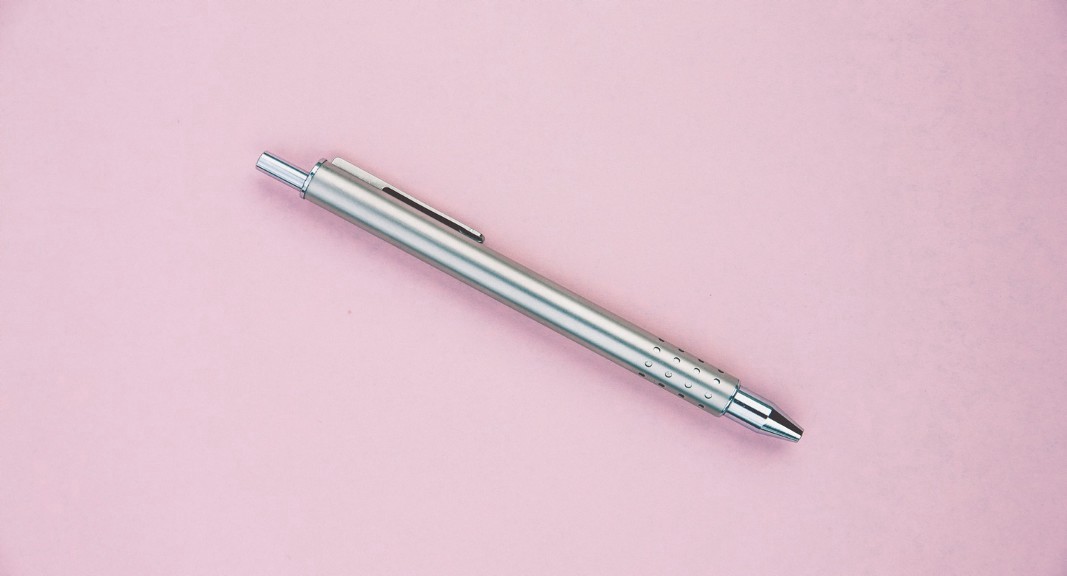You’ve packed your suitcase, you’ve read up on how life works in Norway and you’re ready to make the big move to Oslo. There are just a few annoying bits of admin you need to tackle first — and since some of them take months to process, the sooner you get started, the better!
As PART II of our Memory Guide to Oslo, here’s everything you need to know about new move admin once you land on Norwegian soil.
🇳🇴DOWNLOAD THE BEAUTIFUL PDF GUIDE
1. Start your visa process early
Moving to Norway is one thing; staying is another. There are different levels of bureaucracy involved depending on the country you are coming from:
People from the EU/EEA have it pretty easy: If you have a signed contract to start a job in Norway, come on over as you are; there’s no requirement for special permits or visas.
People from outside the EU/EEA have a tougher time: You need to apply for a work visa at the Norwegian Embassy of your home country and wait until it’s been granted before moving over here. Your work permit will include your entry visa to Norway, allowing you to start working. It usually takes around two months to be processed, but some have taken longer!
While your new Norwegian company can apply for your work visa, it requires extra documents (namely, Power of Attorney) and an olympian effort to queue for hours in the Oslo UDI office for an appointment.
Everything you need to know about applying can be found on the Norwegian Directorate of Immigration (UDI) website.
2. Apply for your ID number
Ok, you’re in: you’ve got your work visa or casually just swanned in from the EU. Whatever — you’re on Norwegian soil. Now what?
First up, you need to apply for an ID number and tax deduction card from the Tax office (Skatteetaten). You can’t get paid without these.
Thankfully, you can apply for both in the same sitting: download your application forms here, fill them out, then hand them in in-person at your local tax office. Remember to bring all the supporting documents you need with you (usually just your passport or national ID card and your signed employment contract).
NOTE: To apply for any documents you must have a place to stay in Norway. It doesn’t have to be a permanent apartment (you can change the address later), but it can’t be a hotel or AirBnB.
3. Register with the police
Now it’s off to speak with the police! Once you’ve received your temporary D number from Skattetaten through the post, you need to book a meeting with the “UDI police department for foreigners in Oslo” to confirm your residency.
You can find all the forms and document checklists on their website here. It can take two to three months to secure an appointment — so sit tight! With their confirmation of your residency, you can then apply for your permanent ID number.
4. Get a bank account
On to the really fun stuff. When it comes to opening an account with a local Norwegian bank, there are a fair few to choose from — like Nordea, DNB and Norges — and most have offers for foreigners. DNB also supports English on its website, although in our exprience its customer support is rather lacking.
How do you open a bank account?
Opening a personal account can take up to six weeks, so we strongly recommend you speed it up by going to your chosen bank in-person. Using your new D-number or ID-number, fill in all the applications for your new account online. They will contact you about next steps!
Get a magical BankID
Once you’ve opened your account and have a permanent ID number, you can apply for a BankID. This is a kind of universal electronic signature that lets you easily log onto all online services in Norway — like booking GP appointments and managing your taxes.
Switch to mobile pay with Vipps
In Oslo, mobile pay is king. The mobile pay app Vipps (developed by DNB) lets you painlessly transfer money to other people — you just need their mobile number to make a payment. It’s ideal for splitting a dinner with friends, paying for goods at flea markets and managing other bills. You just need a permanent ID, Norwegian bank card and mobile phone to use it.
5. Get an apartment
This one’s a big one and very important to get right, so we’ve devoted a whole article to it! Get our run-down of Oslo’s different areas and the best places to buy your furniture in PART IV of the Memory Guide to Oslo.
6. Register with a doctor
Want to get in on that sweet Norwegian healthcare? Just register with a local GP!
Once you receive your D number, search your local area for a good GP and sign up as a patient. You can usually do this online, but you may need to visit their practice in-person.
When you get your permanent ID number, you’ll automatically be assigned a GP close to your address. All the details of their practice will be emailed to you.




